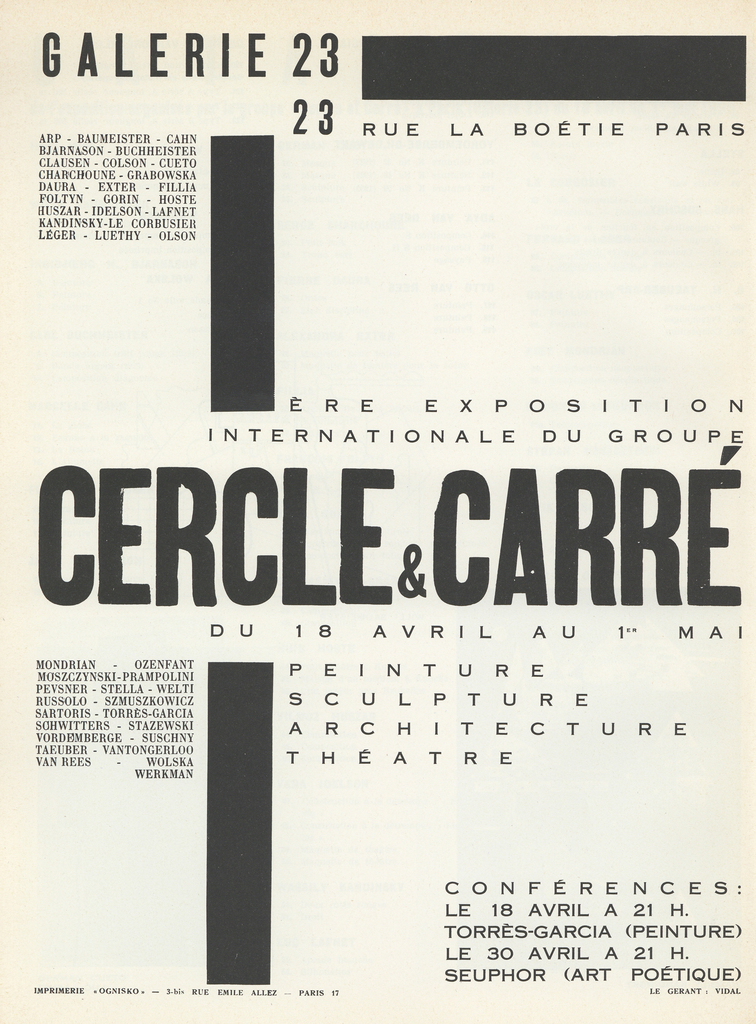Pablo Picasso
Spain (1881—1973)Born to a modest family who recognised his talent from early age, Picasso was admitted at the School of Fine Arts in Barcelona exceptionally at the age of 14. After a short period in Madrid, he returned to Barcelona, where he started experimenting and breaking the rules of his classical art training. Between 1900 and 1907 his artistic exploration was heavily influenced by the happenings in his life: first the grieve for the loss of his close friend and some financial difficulties led to the Blue Period; later finding love and the patronage of the art dealer Ambroise Vollard – led to the Rose period. During the following years together with friend and fellow artista Braque, Picasso developed the new artistic movement known as Analytical Cubism. Later on Picasso refined his personal style producting work known as Synthetic Cubism. From 1927 Picasso moved his attention to Surrealism, a movement somehow product of his original Cubism. After WWII Picasso joined to the comunist party. He was awarded twice with the International Peace Prize. His later works used childlike imagery and simple lines, his subjects became often humanised, even in self portraits. He died at the age of 91. His third wife took her life three days after his death.






